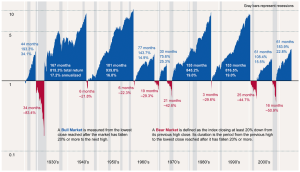Japan’s consumer prices rose 3.3 percent in June from a year earlier for the 13th consecutive month of increase, but the pace of increase has been slowing in recent months, government data showed Friday.
The core consumer price index, excluding volatile fresh food prices, stood at 103.4 against the 2010 base of 100, the Ministry of Internal Affairs and Communications said. The figure was in line with private-sector forecasts.
The data have been affected by the consumption tax hike since April. After excluding the direct effect of the tax rise, the inflation rate in June comes to 1.3 percent, according to the Bank of Japan, which aims to achieve a 2 percent rise in or around fiscal 2015 in order to revive the country’s economy.
The nationwide core CPI continued rising, but the pace of rise was slower than 1.4 percent in May and 1.5 percent in April, both without the effects of the tax rise.
Regarding the outlook, the BOJ expects the consumer inflation rate to move around 1.25 percent for some time amid waning upward pressure from import prices, particularly those for energy. But the central bank also says inflationary pressure will continue, partly citing improving domestic demand.
The April 1 tax hike, which raised the rate to 8 percent from 5 percent, is weighing on consumer spending in the country. The BOJ has been cooperating with the government in boosting the economy out of nearly two decades of deflation, introducing in April 2013 aggressive monetary easing measures to achieve the 2 percent inflation goal within around two years.
The apparent slowdown in consumer inflation as confirmed by the latest price data may add to prospects the BOJ will remain committed to keeping its monetary policy sufficiently accommodative. But as the CPI is still moving roughly in line with the bank’s forecasts, it is less likely that the BOJ will immediately take action to additionally ease the policy.


